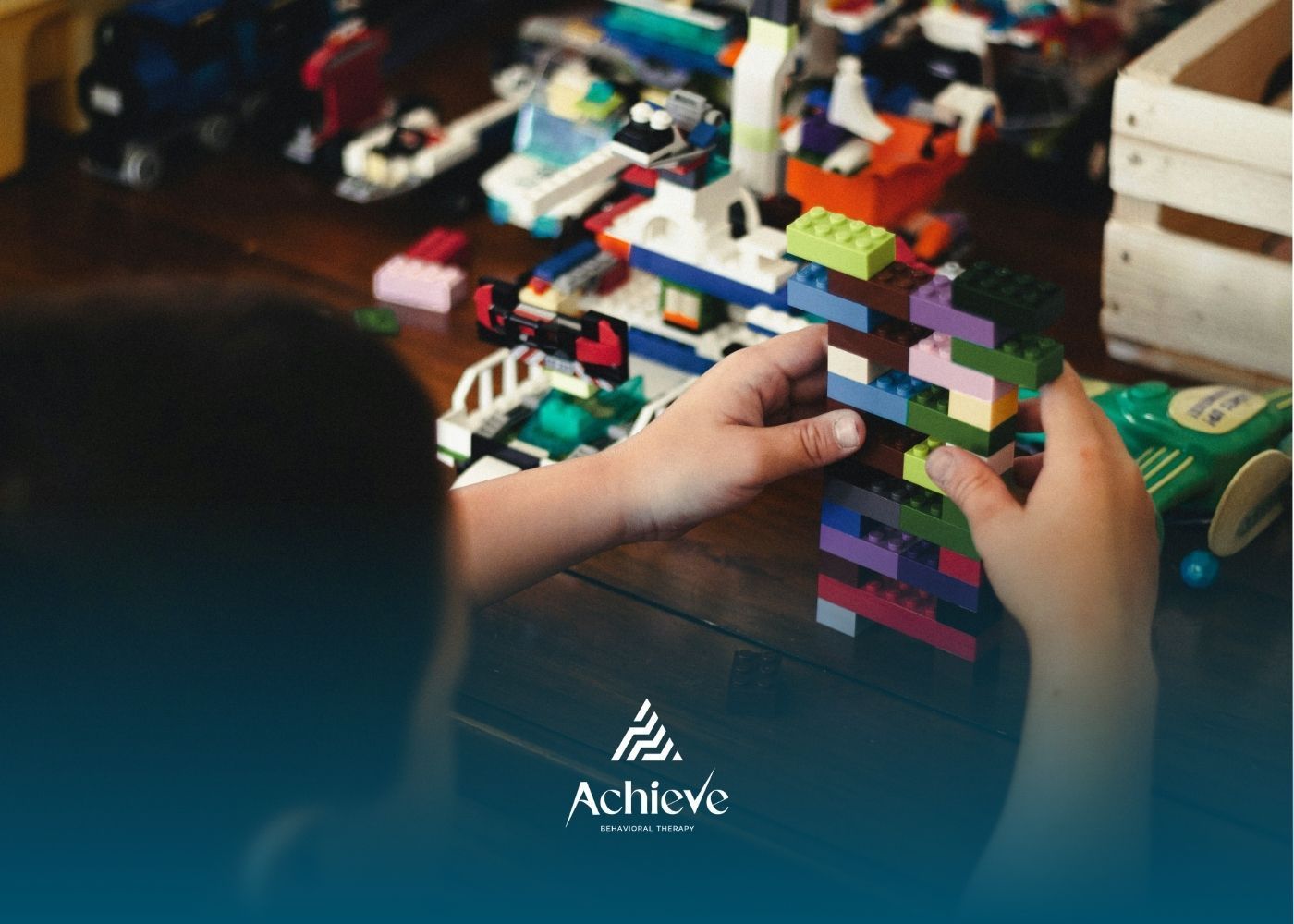Early Intervention for Autism: Key to Better Outcomes

Early intervention plays a vital role in shaping the future for children on the autism spectrum. Starting support at a young age gives the child’s development a significant boost, especially in areas like communication, motor skills, and social interaction. The sooner a child receives help, the greater the impact on their ability to reach their full potential. If you’re wondering how early intervention can make a real difference for your child, understanding the process and available services is the first step.
Why Early Intervention Matters for Autism
For children with autism spectrum disorder, early intervention isn’t just helpful—it can be life-changing. Research shows that when young children receive support early, their outcomes in language, social skills, and learning are much better than if they start later. Early intervention can directly improve a child’s quality of life, helping them gain independence and confidence.
Can early intervention change long-term outcomes for children? Absolutely. Starting support early in life means your child has the chance to build communication skills, manage behaviors, and form meaningful connections, all of which last well into adulthood.
Transitioning into how these early signs are recognized offers families a clear path to taking action.
How Early Signs of Autism Are Recognized
Identifying the early signs of autism can be challenging but is crucial for timely support. Parents might notice their child not responding to their name, making limited eye contact, or showing repetitive behaviors. These symptoms of autism can appear as early as 18 months of age, though some children develop typically before showing any signs or may even regress around age two.
The process of early detection starts with regular developmental screenings during well-baby visits. Pediatricians look for key milestones in communication, social skills, and behavior. If concerns arise, the assessment process includes a detailed look at the child’s communication, play, and interactions, often using checklists and observation.
Professionals rely on established diagnostic criteria, such as the DSM-5, to confirm autism spectrum disorder. What age should early intervention start for autism? Experts agree that as soon as symptoms are noticed—often by 18-24 months—families should seek intervention.
The Impact of Timing on Outcomes
The timing of early intervention makes a significant difference in a child’s development. Starting therapies at just months of age, rather than waiting until years of age, means tapping into the brain’s natural plasticity, or ability to change. This is why early diagnosis is so important; the younger a child is when support begins, the bigger the impact on communication skills and behavior.
Research supports that early intervention during toddler and preschool years leads to better outcomes. Children who start support before age three often show more progress in receptive language, social interaction, and fine motor skills than those who begin later. Can early intervention change long-term outcomes for children? Yes, studies have found that some children make so much progress that their symptoms improve drastically, allowing them to participate in typical education settings.
Understanding how intervention works sets the stage for exploring which approaches are most effective for young children with autism.
Popular Approaches in Early Autism Intervention
There are several early intervention services and therapeutic approaches available for young children with autism. Choosing effective therapies, such as behavior analysis or the Early Start Denver Model, can be overwhelming at first. Families may also try a trial of an intervention to see what best suits their child’s unique needs.
What support is available for families beginning autism intervention? Many states offer programs, autism centers, and flexible weeks of therapy for those newly starting the journey. Next, let’s look at the most well-known therapies and the importance of family involvement.
Behavioral and Developmental Therapies Explained
Behavioral analysis forms the foundation of many autism interventions. Applied Behavior Analysis (ABA) therapy is one of the most widely used and researched therapies for young children on the autism spectrum. This approach breaks down complex tasks into smaller steps, reinforcing positive behavior through repetition and encouragement.
The Early Start Denver Model combines ABA principles with developmental psychology, focusing on play-based learning for children as young as 12-18 months. Occupational therapy is also vital, addressing fine motor skills and daily activities for those with developmental disabilities.
Key approaches include:
- ABA Therapy: Focuses on positive behavior reinforcement to shape skills.
- Early Start Denver Model: Integrates play and relationship-building for toddlers.
- Occupational Therapy: Supports fine motor, sensory, and daily living skills.
- Speech Therapy: Enhances communication skills and receptive language.
What support is available for families beginning autism intervention? Many autism centers, such as the Lighthouse Autism Center, provide guidance, therapy programs, and family training to help navigate these services.
Role of Family Involvement in Therapy
Parental participation is at the heart of most early intervention programs. Family involvement means more than just attending sessions—it’s about learning strategies and techniques that can be used during daily activities and routines at home. When families understand the unique needs of each child, they can help create consistency and reinforce new skills outside of therapy.
Quality of life improves for both the child and the family when everyone works together. Therapists often provide parents with training and support so they can reinforce communication, social skills, and behavior management throughout the child’s life.
What support is available for families beginning autism intervention? Families can access educational workshops, online resources, and regular feedback from therapists. This partnership ensures that children get the best possible start and that progress continues beyond therapy sessions.
Real-Life Benefits: Improving Communication and Social Skills
Children who receive early intervention often make impressive gains in communication skills and socialization. Therapeutic methods like the Picture Exchange Communication System (PECS) teach receptive language and help kids express their needs. Over time, children may build friendships, participate more in group activities, and express themselves more clearly.
Can early intervention change long-term outcomes for children? Yes, studies show that these early gains often continue as the child grows, setting them up for greater independence and improved quality of life. Next, let’s look at real family experiences and the progress made.
Success Stories from Families in the United States
Many families across the United States have seen their children thrive with early intervention. For example, the Lighthouse Autism Center and the National Institute of Mental Health have documented stories of children who made much progress in fine motor skills, language, and social interaction.
Here’s a text table sharing real-life outcomes:
| Family/Center | Intervention Used | Area of Improvement | Notable Progress |
|---|---|---|---|
| Lighthouse Autism Center | ABA Therapy, ESDM | Communication, Social Skills | Child started speaking in sentences |
| National Institute of Mental Health | Early Start Denver Model | Receptive Language, Fine Motor Skills | IQ improved by 17 points, joined mainstream class |
| Smith Family (anonymous) | Occupational Therapy, PECS | Daily Living, Independence | Able to dress, feed self, interact with peers |
What support is available for families beginning autism intervention? These families often work closely with autism centers, benefit from ongoing training, and receive weekly therapy sessions tailored to their child’s goals.
Conclusion
In summary, early intervention for autism is crucial in shaping better outcomes for children. Recognizing the signs and implementing effective therapies at a young age can significantly enhance communication and social skills, ultimately leading to a brighter future for these children. Families play an integral role in this process, providing support and encouragement as their children navigate through therapies. The success stories we've shared highlight the profound impact that timely intervention can have on a child's development.
Achieve Behavioral Therapy is trusted in New Jersey and North Carolina for providing early intervention that sets children on a path to lifelong success. Our team focuses on building critical skills during the most impactful developmental years, giving every child the best start possible. Contact Achieve Behavioral Therapy today and take the first step toward brighter outcomes.
Frequently Asked Questions
What age should early intervention start for autism?
Early intervention is most effective when started at a younger age—ideally between 18 months and 3 years of age. Experts recommend beginning as soon as signs of autism spectrum disorder are noticed, often during the first years of life, to maximize developmental progress.
Can early intervention change long-term outcomes for children?
Yes, outcomes of early intervention make a significant difference for children with autism. Studies show it can improve a child’s IQ, communication, and social skills, helping them reach their full potential and greatly enhance their quality of life over time.
What support is available for families beginning autism intervention?
Families can access early intervention programs offered by states, autism centers, and therapeutic services tailored to developmental needs. Support includes daily activities, structured weeks of therapy, and resources to guide families through each stage of the intervention process.
Sources:
- https://www.nhs.uk/conditions/autism/signs/children/
- https://my.clevelandclinic.org/health/articles/24291-diagnostic-and-statistical-manual-dsm-5
- https://www.behavior-analysis.org/
- https://nationalautismresources.com/the-picture-exchange-communication-system-pecs/
- https://lighthouseautismcenter.com/
- https://www.nimh.nih.gov/
Need Support?
We're Here to Help!
Our experienced team is ready to assist you. Reach out today to discuss how we can support your child's development and well-being.
Get started with expert ABA therapy today.










